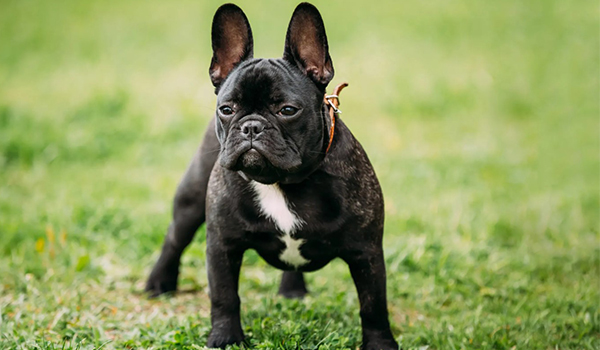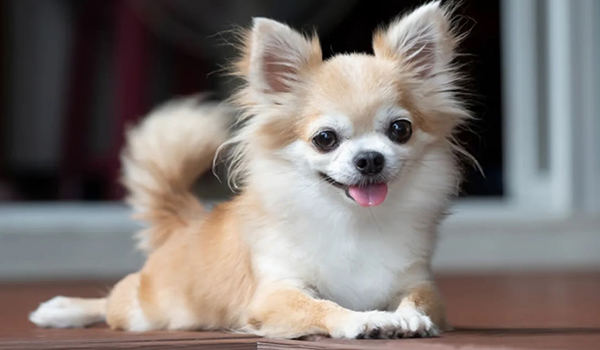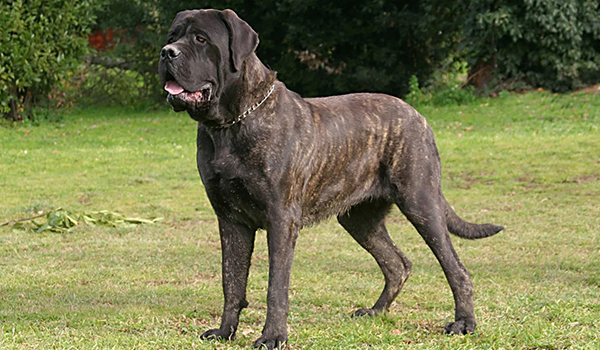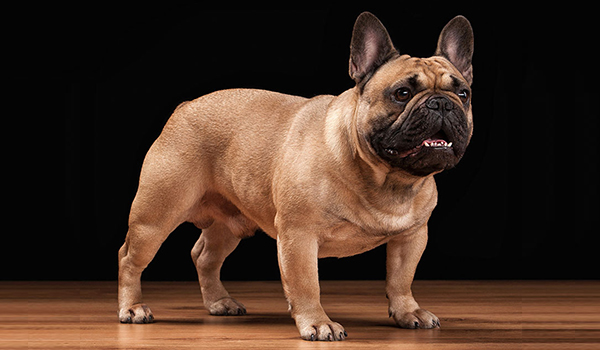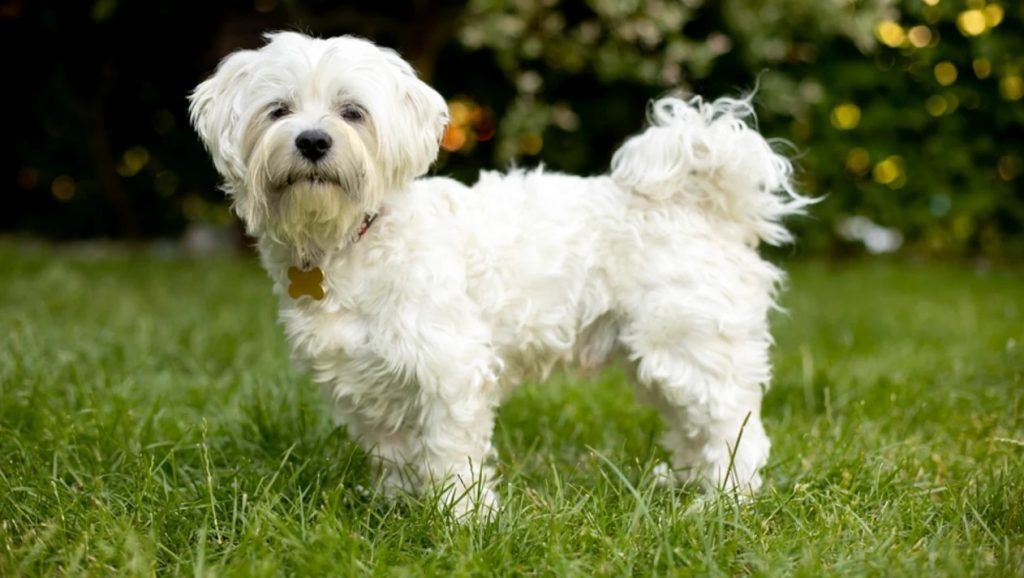
The Maltese is the definition of canine elegance and charm. Known for their stunning, floor-length white coat, gentle dark eyes, and sweet expression, they have been a symbol of luxury and companionship for millennia. But beneath this glamorous exterior lies a spirited, affectionate, and surprisingly hardy little dog with a heart of gold.
This comprehensive guide will explore everything a future owner needs to know about the Maltese, from their ancient aristocratic history to their modern-day needs, to help you decide if this delightful “comfort dog” is the right fit for your lifestyle.
Breed Overview
- Group: Toy
- Height: 7 – 9 inches (at the shoulder)
- Weight: Under 7 pounds (typically 4-6 pounds)
- Life Span: 12 – 15 years
- Coat: Long, silky, and straight, hanging like a white mantle to the floor. It has no undercoat, which makes it hypoallergenic but also requires dedicated maintenance.
A Brief History: An Ancient Aristocrat
The Maltese is one of the most ancient toy breeds, with a history spanning over 2,800 years. They are named for the Mediterranean island of Malta, though their origins are likely throughout the central Mediterranean area. They were cherished by ancient Greeks, Romans, and Egyptians, who revered them as status symbols and beloved companions.
Historical figures from Aristotle to Queen Elizabeth I praised the breed. They were often called “the comforter dog” because they were bred specifically to sit on laps and provide affection. This long history as a pampered companion has shaped their desire for human attention and their gentle nature.
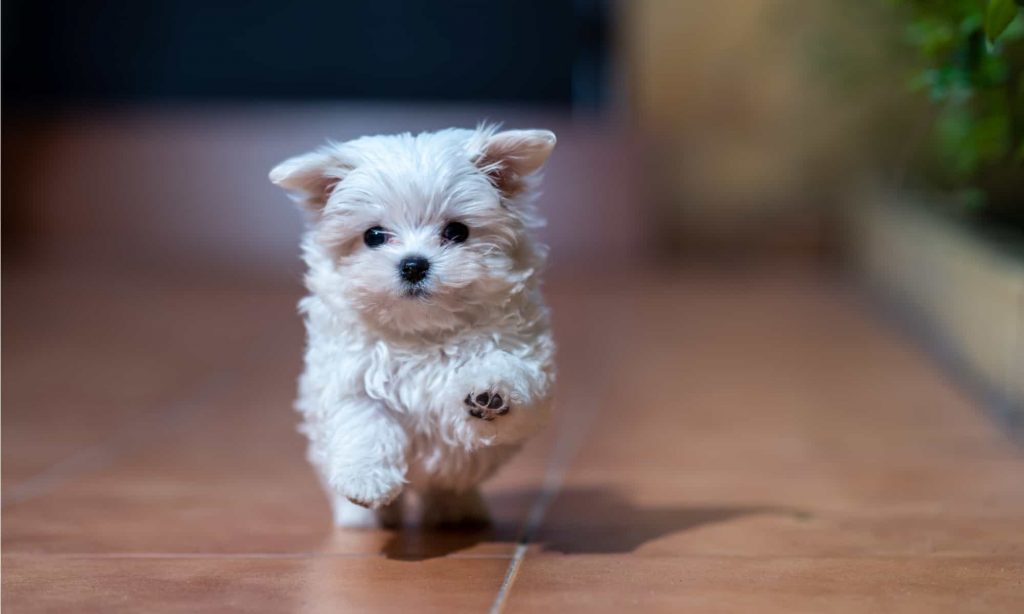
The Maltese Temperament: Gentle, Playful, and Fearless
The Maltese temperament is a wonderful blend of gentle affection and playful spunk. They are true companion dogs through and through.
- Affectionate & Gentle: Maltese are incredibly loving and thrive on human companionship. They form strong bonds with their owners and love to be cuddled and held. They are quintessential “lap dogs” but with a lively side.
- Playful & Lively: Despite their delicate appearance, they have a cheerful, playful spirit and enjoy short bursts of play. They are often described as having a “puppy-like” demeanor throughout their lives.
- Fearless & Alert: They are often completely unaware of their small size and can be surprisingly bold. They make excellent watchdogs and will bark to alert you to anything unusual.
- Intelligent & Trainable: They are bright and can learn commands quickly, though their independent streak can sometimes be mistaken for stubbornness. They excel in activities like trick training.
- People-Oriented: They crave attention and do not like to be left alone for long periods. They are best suited for owners who are home frequently.
Caring for Your Maltese
Exercise: Minimal Needs, Maximum Companionship
Their exercise requirements are perfectly suited for apartment living or less active owners.
- Daily Requirements: Short daily walks and active indoor play sessions are sufficient to keep a Maltese happy and healthy. Their small legs get plenty of exercise following you around the house.
- Mental Stimulation: They enjoy learning new tricks, playing with puzzle toys, and interactive games. This helps prevent boredom and the development of “small dog syndrome.”
Grooming: A Significant Commitment
This is the most demanding aspect of Maltese ownership. That beautiful, flowing coat does not maintain itself.
- The Long Coat: Daily brushing is non-negotiable to prevent severe, painful mats and tangles. A metal comb and a gentle slicker brush are essential tools. Many owners keep the coat in a topknot to prevent hair from irritating the eyes.
- The “Puppy Cut”: Most pet owners opt for a shorter, easier-to-maintain trim from a professional groomer every 4-6 weeks. This “puppy cut” drastically reduces daily brushing to a few times a week but still requires regular grooming appointments.
- Tear Staining: Their white fur is prone to reddish-brown tear stains under the eyes. This can be managed by daily gentle wiping of the eye area with a soft, damp cloth and keeping the hair around the eyes trimmed.
- Other Needs: Regular teeth brushing (critical for this breed), ear cleaning, and keeping the hair around their bottom trimmed for hygiene.
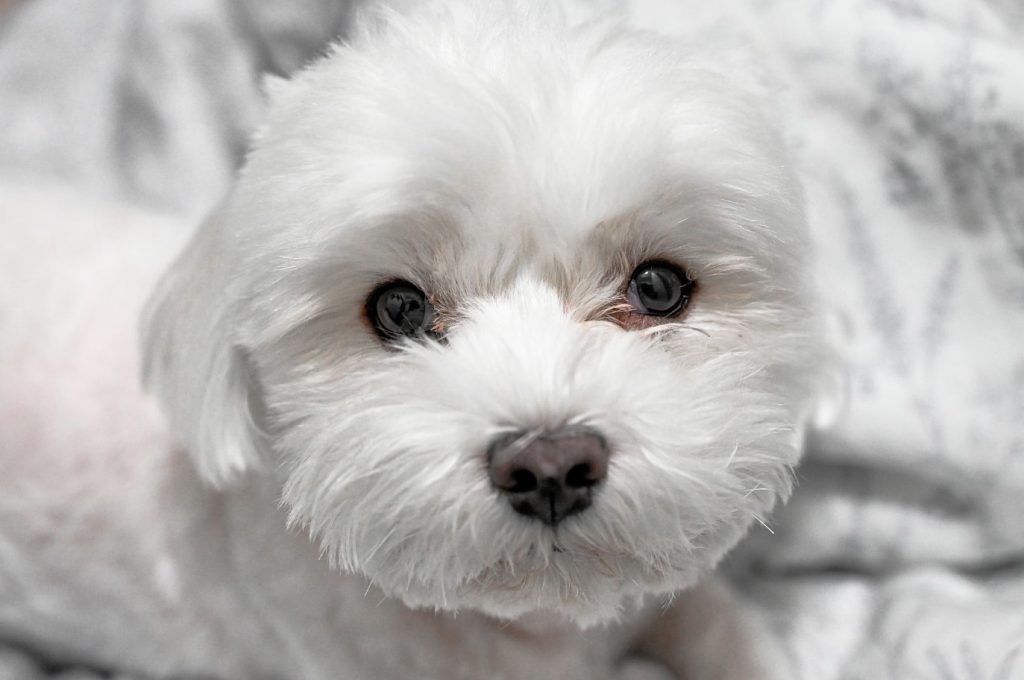
Training: Patience and Positivity
Training a Maltese requires a gentle and consistent approach.
- Start Early: Begin socialization and training as a puppy. Expose them to a variety of people, sounds, and other calm, vaccinated animals to prevent them from becoming timid or yappy.
- Housetraining: This can be challenging. Their small bladders require a very consistent schedule and patience. Many owners successfully use puppy pads as a reliable backup or primary solution, especially in bad weather.
- Positive Reinforcement: They respond best to reward-based training with small, tasty treats and plenty of praise. They are sensitive and do not respond well to harsh discipline.
- Manage Barking: Teach a “quiet” command from a young age to control their alert barking, which can become excessive if not managed.
Health: What to Be Aware Of
Maltese are generally long-lived, but their tiny size makes them prone to specific issues.
- Dental Problems: This is the number one health concern. Their small mouths lead to crowded teeth, making them highly prone to plaque buildup and early tooth loss. Daily teeth brushing and regular veterinary dental cleanings are non-negotiable.
- Luxating Patella: A common condition in small breeds where the kneecap slips out of place.
- White Shaker Syndrome: A condition that causes full-body tremors, typically seen in young, small, white dogs. It is usually not painful and can be managed with medication.
- Hypoglycemia: Low blood sugar can occur, especially in very small or young puppies. It’s important to feed them small, frequent meals.
- Collapsed Trachea: Characterized by a honking cough. It is managed by using a harness instead of a collar for walks to avoid pressure on the neck.
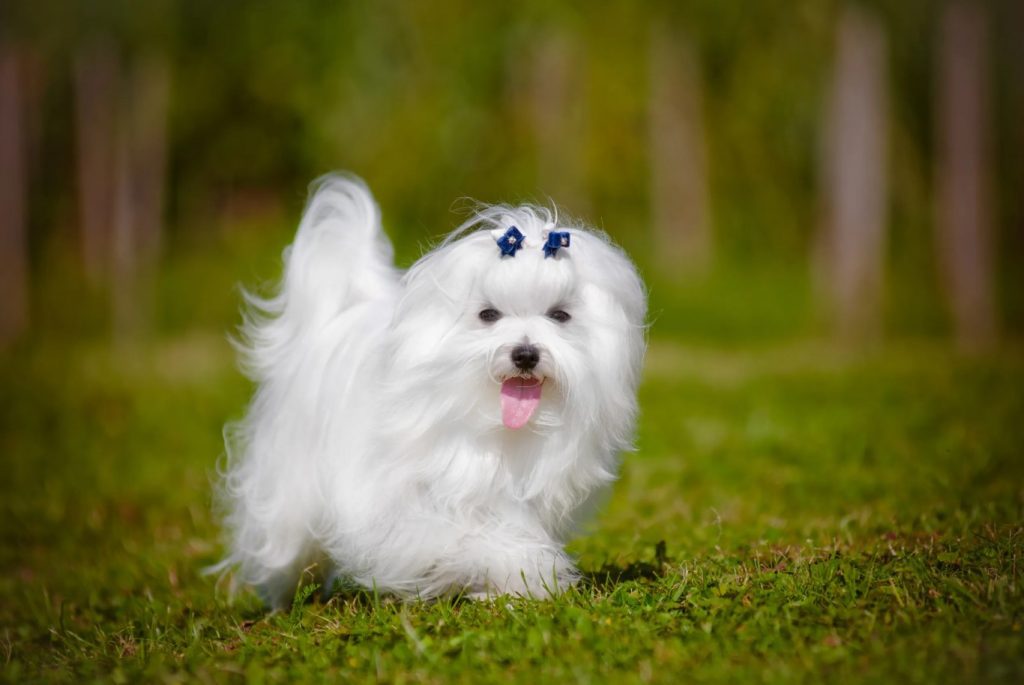
Is a Maltese Right For You?
A Maltese might be your perfect match if you:
- Live in an apartment or small home.
- Want a loving, affectionate, and portable companion.
- Have time for (or can budget for) a regular grooming routine.
- Are home often and can provide plenty of attention.
- Are prepared to be vigilant about their safety around larger animals and hazards.
You might want to reconsider if you:
- Have very young children who might accidentally injure them.
- Want a low-maintenance, wash-and-wear breed.
- Are looking for a rugged hiking or jogging partner.
- Are away from home for long, regular hours.
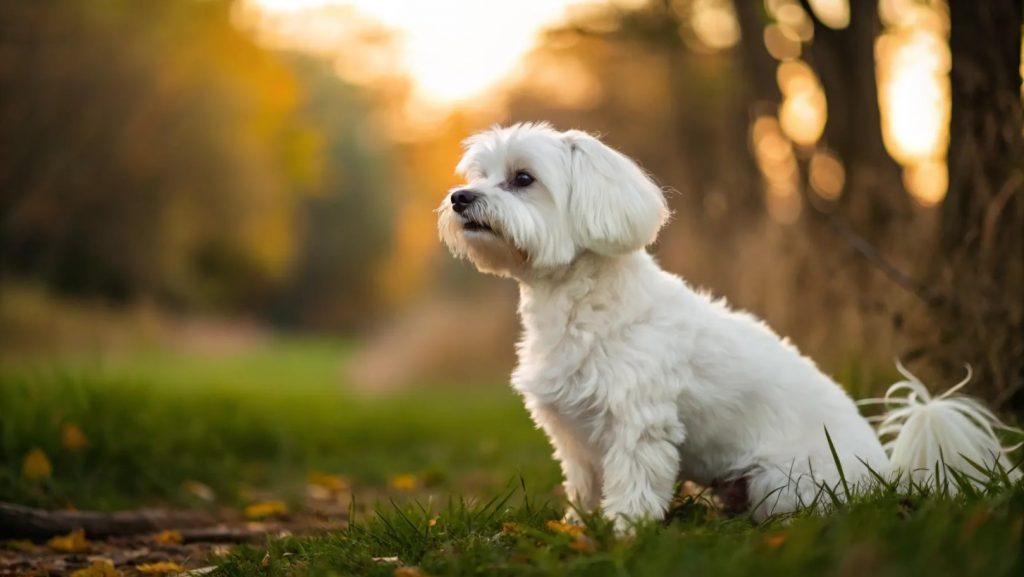
Finding Your Maltese
- Reputable Breeders: Choose a breeder who prioritizes health, temperament, and a reasonable size (avoiding “teacup” Maltese). They should perform health tests on their breeding dogs (patella evaluations) and be transparent about health issues in their lines.
- Rescue & Shelters: Maltese-specific rescues are common. Many dogs are surrendered when owners are unprepared for their grooming needs. Adopting an adult can be a wonderful way to know the dog’s personality and coat type.
Understanding the Cost: The initial purchase price from a reputable breeder in the U.S. typically ranges from $1,000 to $3,000+. However, prospective owners must budget for significant ongoing costs, including professional grooming ($50-$90+ per session every 4-6 weeks), high-quality food, and potential veterinary care for their teeth and other breed-specific issues.
Bringing a Maltese into your life means welcoming a piece of living history—a devoted, charming, and loving companion whose entire world revolves around you. In return for your care and attention, you will receive a lifetime of unwavering affection and elegant companionship.

